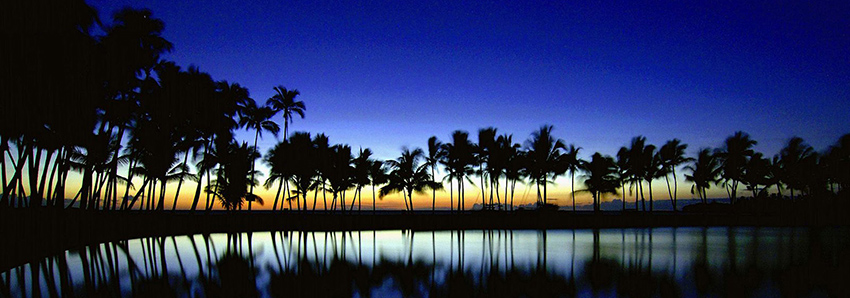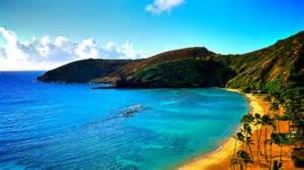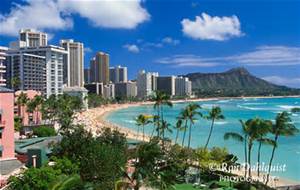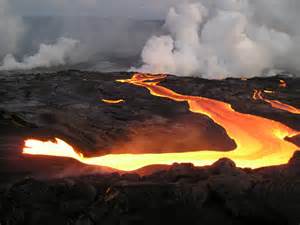Hawaii

-
Hawaii is diverse natural scenery, warm tropical climate, abundance of public beaches, oceanic surroundings, and active volcanoes make it a popular destination for tourists, surfers, biologists, and volcanologists alike. Due to its central location in the Pacific as well as labor migration in the 19th century, Hawaii is strongly influenced by North American and Asian cultures in addition to its own indigenous Hawaiian culture. Hawaii has over a million permanent residents, along with many visitors and U.S. military personnel. Its capital is Honolulu on the island of O'ahu.
1. Hanauma Bay
Hanauma is a marine embayment formed within a tuff ring and located along the southeast coast of the Island of O?ahu in the Hawaiian Islands. Hanauma is one of the most popular tourist destinations on the Island. About 400 species of fish are known to inhabit the bay. Hanauma Bay is known for its abundance of Green sea turtles, Chelonia mydas, known as Honu. Hanauma is a nursery ground for the immature turtles, which have their nesting grounds at French Frigate Shoals. It is also known for its abundance of parrotfish. Today Hanauma Bay sees an average of 3000 visitors a day, or around a million visitors a year. The majority are tourists. The bay is closed to tourists on Tuesdays in order to allow the fish a day of feeding without interruption by swimmers.
2. Waikiki Beach
Waikiki is a beachfront neighborhood of Honolulu, on the south shore of the island of O?ahu, in Hawaii. It is best known for Waikiki Beach, the white sand beach shoreline fronting the neighborhood. The beach hosts many events a year, including surf competitions, outdoor performances, hula dancing and outrigger canoe races. The surf at Waikiki is known for its long rolling break, making it ideal for long boarding, tandem surfing and beginners. Waikiki¡¯s main thoroughfare is Kalakaua Avenue, which houses most of the high-end hotels, most of the luxury designer brand stores and popular surf clothing brand stores.
3. Hawaii Volcanoes National Park
Hawaii Volcanoes National Park, is located on the island of Hawaii. It encompasses two active volcanoes: Kilauea, one of the world's most active volcanoes, and Mauna Loa, the world's most massive sub aerial volcano. The park gives scientists insight into the birth of the Hawaiian Islands and ongoing studies into the processes of volcanism. For visitors, the park offers dramatic volcanic landscapes as well as glimpses of rare flora and fauna.